Quick filters:
Celestial map arabic Stock Photos and Images
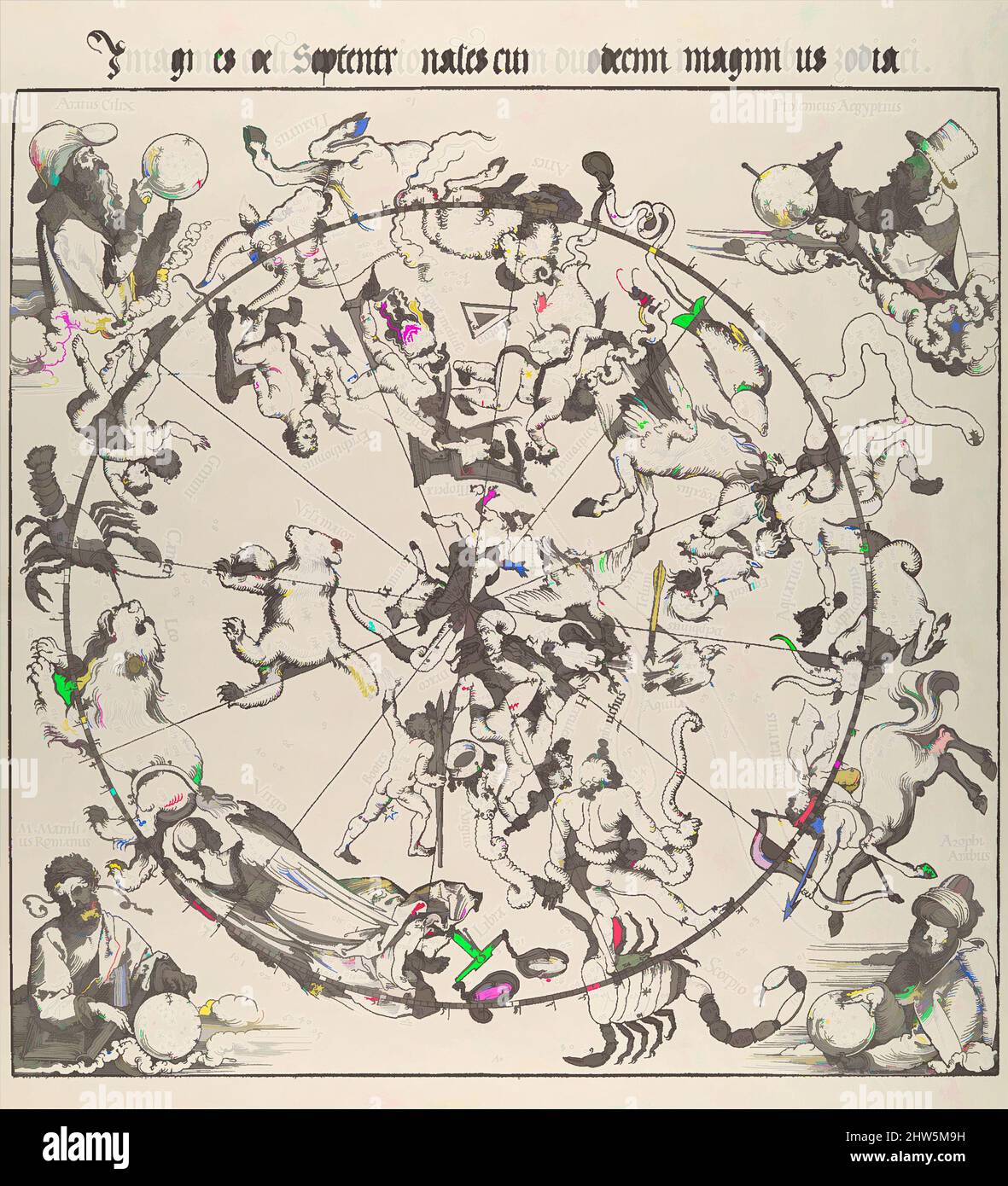 Art inspired by The Celestial Map- Northern Hemisphere, 1515, Woodcut, Sheet: 24 1/8 x 17 15/16 in. (61.3 x 45.6 cm), Prints, Albrecht Dürer (German, Nuremberg 1471–1528 Nuremberg), The ancient tradition of making celestial maps can be traced back, by way of Arabic sources, to, Classic works modernized by Artotop with a splash of modernity. Shapes, color and value, eye-catching visual impact on art. Emotions through freedom of artworks in a contemporary way. A timeless message pursuing a wildly creative new direction. Artists turning to the digital medium and creating the Artotop NFT Stock Photohttps://www.alamy.com/image-license-details/?v=1https://www.alamy.com/art-inspired-by-the-celestial-map-northern-hemisphere-1515-woodcut-sheet-24-18-x-17-1516-in-613-x-456-cm-prints-albrecht-drer-german-nuremberg-14711528-nuremberg-the-ancient-tradition-of-making-celestial-maps-can-be-traced-back-by-way-of-arabic-sources-to-classic-works-modernized-by-artotop-with-a-splash-of-modernity-shapes-color-and-value-eye-catching-visual-impact-on-art-emotions-through-freedom-of-artworks-in-a-contemporary-way-a-timeless-message-pursuing-a-wildly-creative-new-direction-artists-turning-to-the-digital-medium-and-creating-the-artotop-nft-image462961677.html
Art inspired by The Celestial Map- Northern Hemisphere, 1515, Woodcut, Sheet: 24 1/8 x 17 15/16 in. (61.3 x 45.6 cm), Prints, Albrecht Dürer (German, Nuremberg 1471–1528 Nuremberg), The ancient tradition of making celestial maps can be traced back, by way of Arabic sources, to, Classic works modernized by Artotop with a splash of modernity. Shapes, color and value, eye-catching visual impact on art. Emotions through freedom of artworks in a contemporary way. A timeless message pursuing a wildly creative new direction. Artists turning to the digital medium and creating the Artotop NFT Stock Photohttps://www.alamy.com/image-license-details/?v=1https://www.alamy.com/art-inspired-by-the-celestial-map-northern-hemisphere-1515-woodcut-sheet-24-18-x-17-1516-in-613-x-456-cm-prints-albrecht-drer-german-nuremberg-14711528-nuremberg-the-ancient-tradition-of-making-celestial-maps-can-be-traced-back-by-way-of-arabic-sources-to-classic-works-modernized-by-artotop-with-a-splash-of-modernity-shapes-color-and-value-eye-catching-visual-impact-on-art-emotions-through-freedom-of-artworks-in-a-contemporary-way-a-timeless-message-pursuing-a-wildly-creative-new-direction-artists-turning-to-the-digital-medium-and-creating-the-artotop-nft-image462961677.htmlRF2HW5M9H–Art inspired by The Celestial Map- Northern Hemisphere, 1515, Woodcut, Sheet: 24 1/8 x 17 15/16 in. (61.3 x 45.6 cm), Prints, Albrecht Dürer (German, Nuremberg 1471–1528 Nuremberg), The ancient tradition of making celestial maps can be traced back, by way of Arabic sources, to, Classic works modernized by Artotop with a splash of modernity. Shapes, color and value, eye-catching visual impact on art. Emotions through freedom of artworks in a contemporary way. A timeless message pursuing a wildly creative new direction. Artists turning to the digital medium and creating the Artotop NFT
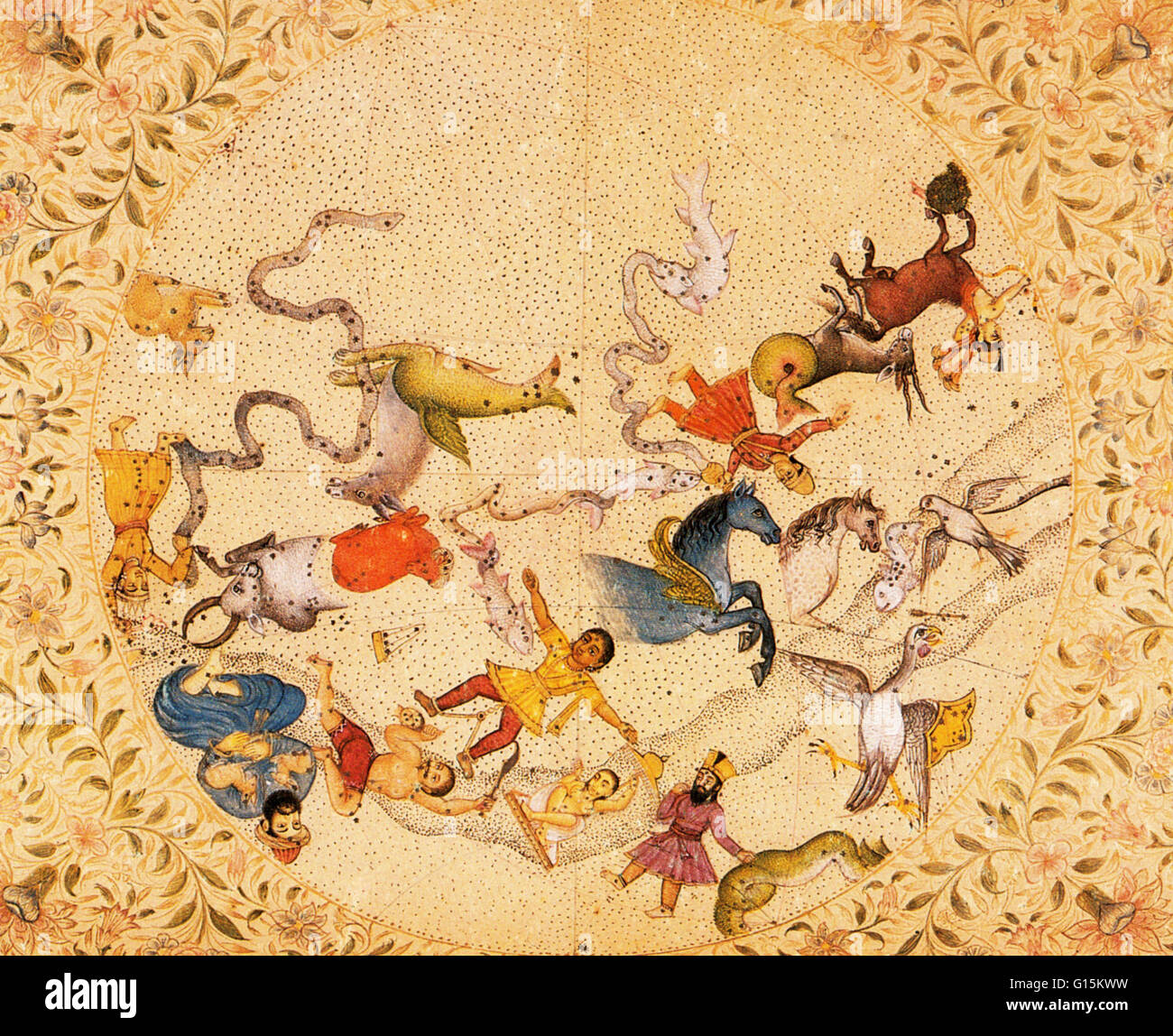 Half of Hindu sky map which appeared in a treatise entitled: 'Jewel of the Essence of All Sciences'. An Islamic view of the constellations. This manuscript synthesizes knowledge of astronomy and includes accounts of the Hindu, Islamic and European systems Stock Photohttps://www.alamy.com/image-license-details/?v=1https://www.alamy.com/stock-photo-half-of-hindu-sky-map-which-appeared-in-a-treatise-entitled-jewel-104002245.html
Half of Hindu sky map which appeared in a treatise entitled: 'Jewel of the Essence of All Sciences'. An Islamic view of the constellations. This manuscript synthesizes knowledge of astronomy and includes accounts of the Hindu, Islamic and European systems Stock Photohttps://www.alamy.com/image-license-details/?v=1https://www.alamy.com/stock-photo-half-of-hindu-sky-map-which-appeared-in-a-treatise-entitled-jewel-104002245.htmlRMG15KWW–Half of Hindu sky map which appeared in a treatise entitled: 'Jewel of the Essence of All Sciences'. An Islamic view of the constellations. This manuscript synthesizes knowledge of astronomy and includes accounts of the Hindu, Islamic and European systems
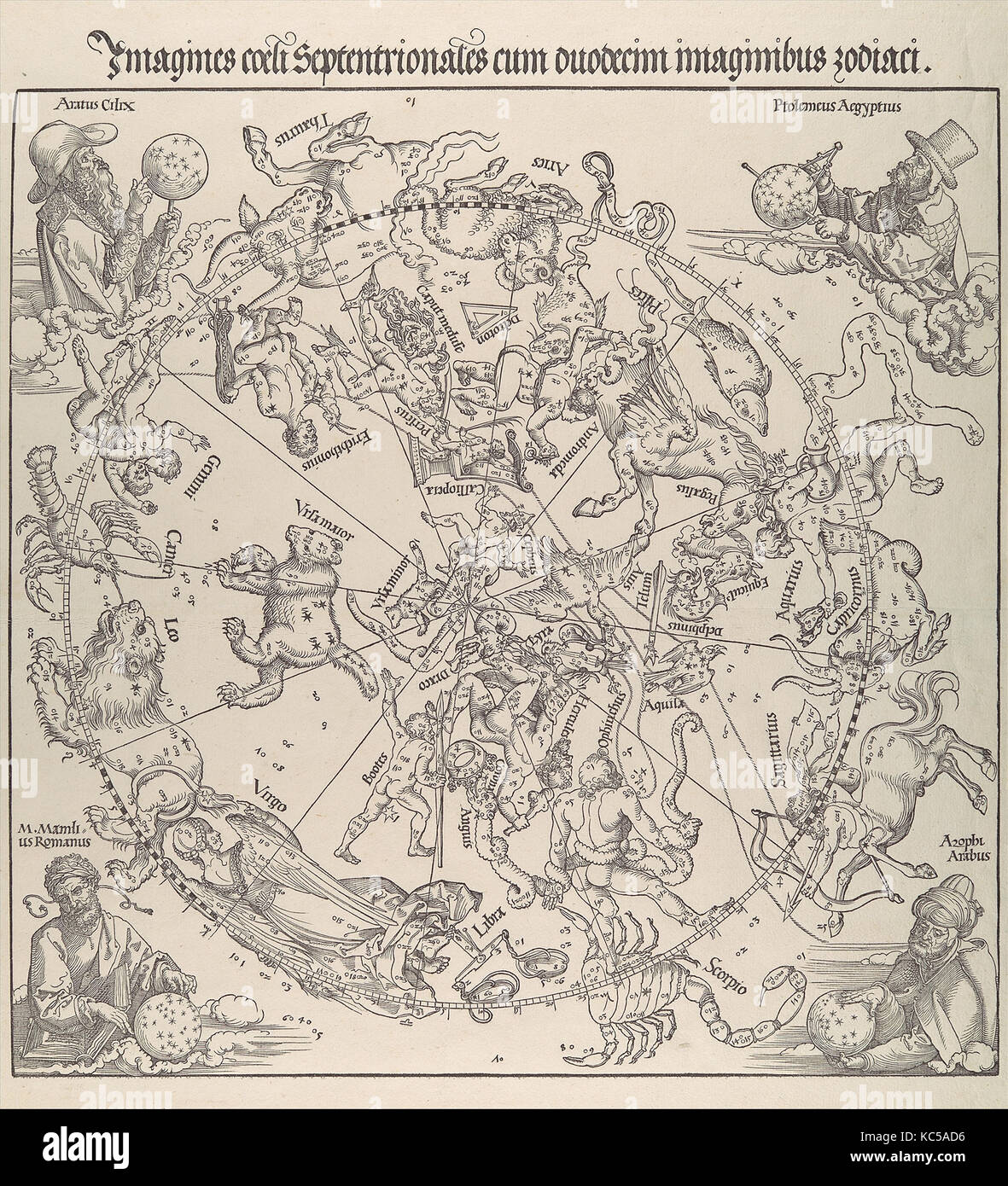 The Celestial Map- Northern Hemisphere, Albrecht Dürer, 1515 Stock Photohttps://www.alamy.com/image-license-details/?v=1https://www.alamy.com/stock-image-the-celestial-map-northern-hemisphere-albrecht-drer-1515-162387154.html
The Celestial Map- Northern Hemisphere, Albrecht Dürer, 1515 Stock Photohttps://www.alamy.com/image-license-details/?v=1https://www.alamy.com/stock-image-the-celestial-map-northern-hemisphere-albrecht-drer-1515-162387154.htmlRMKC5AD6–The Celestial Map- Northern Hemisphere, Albrecht Dürer, 1515
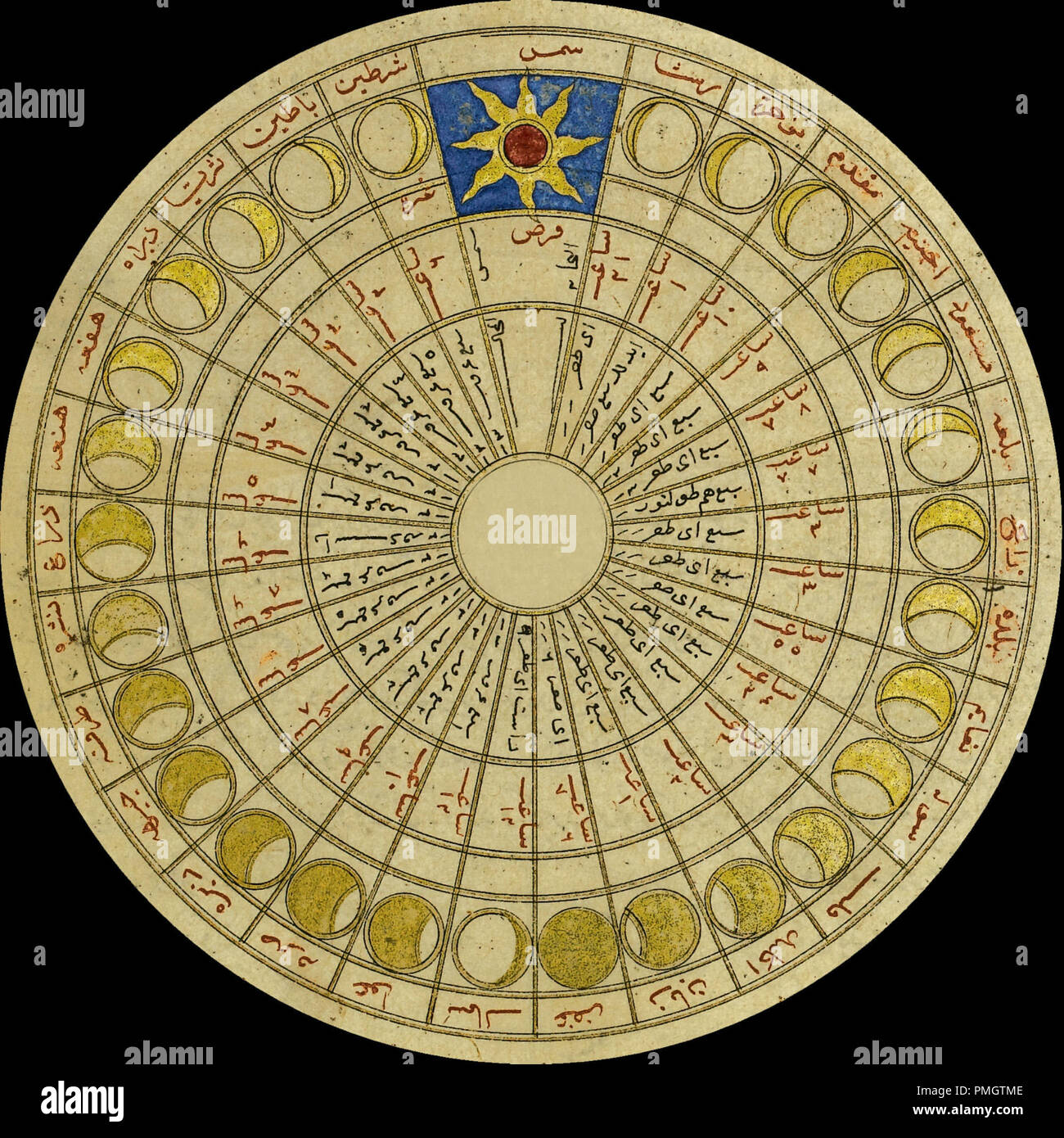 Ancient Arabic Lunar Chart circa 1450. Stock Photohttps://www.alamy.com/image-license-details/?v=1https://www.alamy.com/ancient-arabic-lunar-chart-circa-1450-image219188158.html
Ancient Arabic Lunar Chart circa 1450. Stock Photohttps://www.alamy.com/image-license-details/?v=1https://www.alamy.com/ancient-arabic-lunar-chart-circa-1450-image219188158.htmlRFPMGTME–Ancient Arabic Lunar Chart circa 1450.
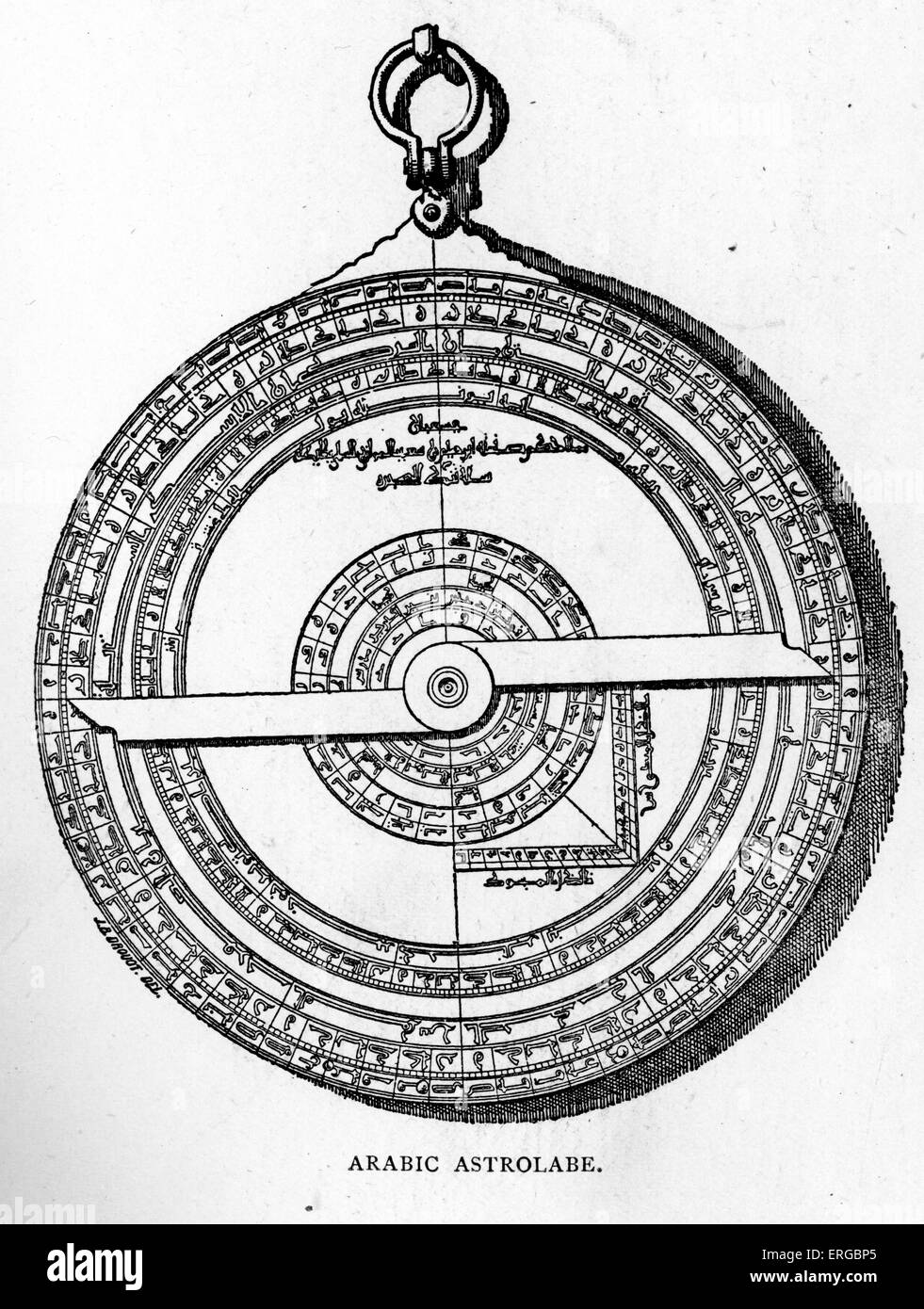 Arabic Astrolabe. Instrument historically used by astronomers and navigators to locate the positions of the Sun, Moon, Stock Photohttps://www.alamy.com/image-license-details/?v=1https://www.alamy.com/stock-photo-arabic-astrolabe-instrument-historically-used-by-astronomers-and-navigators-83339037.html
Arabic Astrolabe. Instrument historically used by astronomers and navigators to locate the positions of the Sun, Moon, Stock Photohttps://www.alamy.com/image-license-details/?v=1https://www.alamy.com/stock-photo-arabic-astrolabe-instrument-historically-used-by-astronomers-and-navigators-83339037.htmlRMERGBP5–Arabic Astrolabe. Instrument historically used by astronomers and navigators to locate the positions of the Sun, Moon,
 Celestial Map of the Northern Sky (Imagines coeli septentrionalis). Albrecht Dürer; German, 1471-1528. Date: 1515. Dimensions: 432 x 430 mm (image); 584 x 463 mm (sheet). Woodcut in black on ivory laid paper. Origin: Germany. Museum: The Chicago Art Institute. Stock Photohttps://www.alamy.com/image-license-details/?v=1https://www.alamy.com/celestial-map-of-the-northern-sky-imagines-coeli-septentrionalis-albrecht-drer-german-1471-1528-date-1515-dimensions-432-x-430-mm-image-584-x-463-mm-sheet-woodcut-in-black-on-ivory-laid-paper-origin-germany-museum-the-chicago-art-institute-image239740748.html
Celestial Map of the Northern Sky (Imagines coeli septentrionalis). Albrecht Dürer; German, 1471-1528. Date: 1515. Dimensions: 432 x 430 mm (image); 584 x 463 mm (sheet). Woodcut in black on ivory laid paper. Origin: Germany. Museum: The Chicago Art Institute. Stock Photohttps://www.alamy.com/image-license-details/?v=1https://www.alamy.com/celestial-map-of-the-northern-sky-imagines-coeli-septentrionalis-albrecht-drer-german-1471-1528-date-1515-dimensions-432-x-430-mm-image-584-x-463-mm-sheet-woodcut-in-black-on-ivory-laid-paper-origin-germany-museum-the-chicago-art-institute-image239740748.htmlRMRX13NG–Celestial Map of the Northern Sky (Imagines coeli septentrionalis). Albrecht Dürer; German, 1471-1528. Date: 1515. Dimensions: 432 x 430 mm (image); 584 x 463 mm (sheet). Woodcut in black on ivory laid paper. Origin: Germany. Museum: The Chicago Art Institute.
 Composed in Egypt in the first half of the 11th century, the 'Book of Curiosities' is a 12th/13th century cosmographical manuscript contains highly unique celestial and terrestrial maps, including the first known rectangular map of the world produced before the renaissance. The geographical references are based largely on the first century work of Ptolemy but the manuscript contains previously unknown distinct cartographic features. Stock Photohttps://www.alamy.com/image-license-details/?v=1https://www.alamy.com/composed-in-egypt-in-the-first-half-of-the-11th-century-the-book-of-curiosities-is-a-12th13th-century-cosmographical-manuscript-contains-highly-unique-celestial-and-terrestrial-maps-including-the-first-known-rectangular-map-of-the-world-produced-before-the-renaissance-the-geographical-references-are-based-largely-on-the-first-century-work-of-ptolemy-but-the-manuscript-contains-previously-unknown-distinct-cartographic-features-image344278604.html
Composed in Egypt in the first half of the 11th century, the 'Book of Curiosities' is a 12th/13th century cosmographical manuscript contains highly unique celestial and terrestrial maps, including the first known rectangular map of the world produced before the renaissance. The geographical references are based largely on the first century work of Ptolemy but the manuscript contains previously unknown distinct cartographic features. Stock Photohttps://www.alamy.com/image-license-details/?v=1https://www.alamy.com/composed-in-egypt-in-the-first-half-of-the-11th-century-the-book-of-curiosities-is-a-12th13th-century-cosmographical-manuscript-contains-highly-unique-celestial-and-terrestrial-maps-including-the-first-known-rectangular-map-of-the-world-produced-before-the-renaissance-the-geographical-references-are-based-largely-on-the-first-century-work-of-ptolemy-but-the-manuscript-contains-previously-unknown-distinct-cartographic-features-image344278604.htmlRM2B036TC–Composed in Egypt in the first half of the 11th century, the 'Book of Curiosities' is a 12th/13th century cosmographical manuscript contains highly unique celestial and terrestrial maps, including the first known rectangular map of the world produced before the renaissance. The geographical references are based largely on the first century work of Ptolemy but the manuscript contains previously unknown distinct cartographic features.
 The Celestial Map- Northern Hemisphere 1515 Albrecht Dürer German The ancient tradition of making celestial maps can be traced back, by way of Arabic sources, to classical ones. Dürer's two maps, this one and another of the Southern Hemisphere, derive from an Arabic type that depicted each hemisphere separately. His direct source was two richly decorated charts of the stars made in Nuremberg in 1503. Dürer's own additions to that design include the portraits of early astronomers in each corner: Aratus Cilix, Ptolemeus Aegyptius (Ptolemy), M. Mamlius Romanus (Marcus Manilius), and Azophi Arabus Stock Photohttps://www.alamy.com/image-license-details/?v=1https://www.alamy.com/the-celestial-map-northern-hemisphere-1515-albrecht-drer-german-the-ancient-tradition-of-making-celestial-maps-can-be-traced-back-by-way-of-arabic-sources-to-classical-ones-drers-two-maps-this-one-and-another-of-the-southern-hemisphere-derive-from-an-arabic-type-that-depicted-each-hemisphere-separately-his-direct-source-was-two-richly-decorated-charts-of-the-stars-made-in-nuremberg-in-1503-drers-own-additions-to-that-design-include-the-portraits-of-early-astronomers-in-each-corner-aratus-cilix-ptolemeus-aegyptius-ptolemy-m-mamlius-romanus-marcus-manilius-and-azophi-arabus-image458096660.html
The Celestial Map- Northern Hemisphere 1515 Albrecht Dürer German The ancient tradition of making celestial maps can be traced back, by way of Arabic sources, to classical ones. Dürer's two maps, this one and another of the Southern Hemisphere, derive from an Arabic type that depicted each hemisphere separately. His direct source was two richly decorated charts of the stars made in Nuremberg in 1503. Dürer's own additions to that design include the portraits of early astronomers in each corner: Aratus Cilix, Ptolemeus Aegyptius (Ptolemy), M. Mamlius Romanus (Marcus Manilius), and Azophi Arabus Stock Photohttps://www.alamy.com/image-license-details/?v=1https://www.alamy.com/the-celestial-map-northern-hemisphere-1515-albrecht-drer-german-the-ancient-tradition-of-making-celestial-maps-can-be-traced-back-by-way-of-arabic-sources-to-classical-ones-drers-two-maps-this-one-and-another-of-the-southern-hemisphere-derive-from-an-arabic-type-that-depicted-each-hemisphere-separately-his-direct-source-was-two-richly-decorated-charts-of-the-stars-made-in-nuremberg-in-1503-drers-own-additions-to-that-design-include-the-portraits-of-early-astronomers-in-each-corner-aratus-cilix-ptolemeus-aegyptius-ptolemy-m-mamlius-romanus-marcus-manilius-and-azophi-arabus-image458096660.htmlRM2HH82Y0–The Celestial Map- Northern Hemisphere 1515 Albrecht Dürer German The ancient tradition of making celestial maps can be traced back, by way of Arabic sources, to classical ones. Dürer's two maps, this one and another of the Southern Hemisphere, derive from an Arabic type that depicted each hemisphere separately. His direct source was two richly decorated charts of the stars made in Nuremberg in 1503. Dürer's own additions to that design include the portraits of early astronomers in each corner: Aratus Cilix, Ptolemeus Aegyptius (Ptolemy), M. Mamlius Romanus (Marcus Manilius), and Azophi Arabus
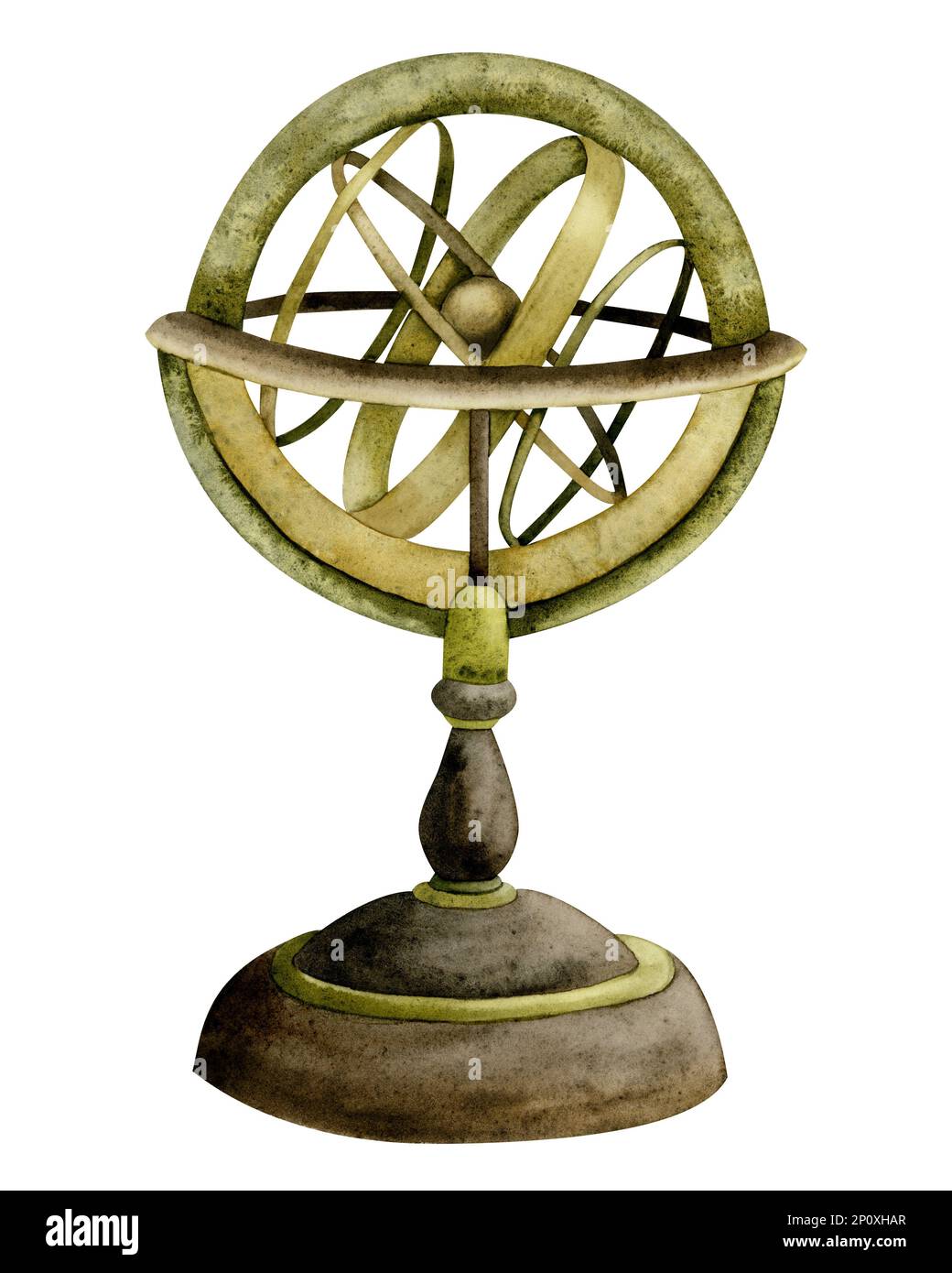 Watercolor navigation armillary sphere, vintage spherical astrolabe instrument illustration isolated on white. Stock Photohttps://www.alamy.com/image-license-details/?v=1https://www.alamy.com/watercolor-navigation-armillary-sphere-vintage-spherical-astrolabe-instrument-illustration-isolated-on-white-image534105791.html
Watercolor navigation armillary sphere, vintage spherical astrolabe instrument illustration isolated on white. Stock Photohttps://www.alamy.com/image-license-details/?v=1https://www.alamy.com/watercolor-navigation-armillary-sphere-vintage-spherical-astrolabe-instrument-illustration-isolated-on-white-image534105791.htmlRF2P0XHAR–Watercolor navigation armillary sphere, vintage spherical astrolabe instrument illustration isolated on white.
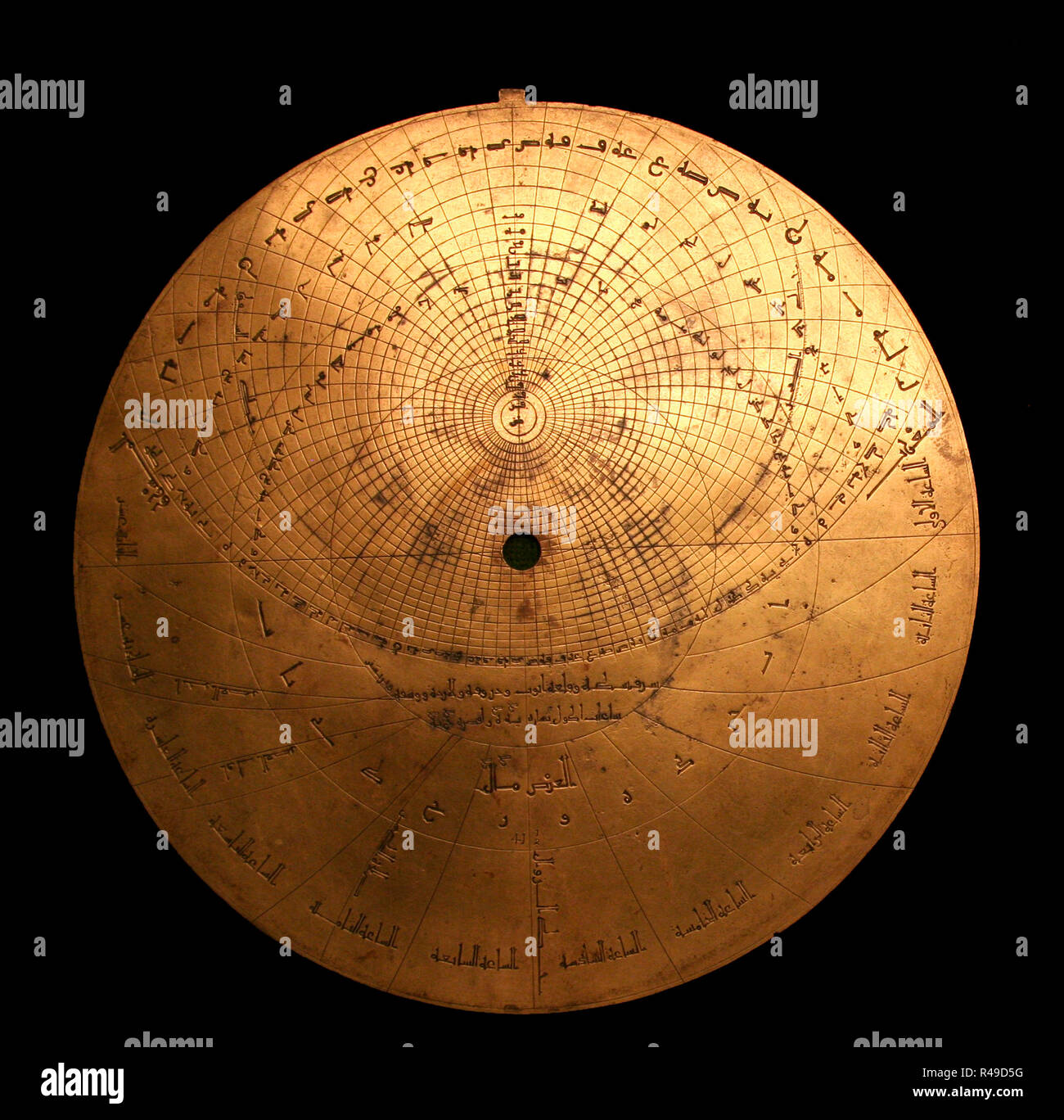 Medieval arabic astrolabe Stock Photohttps://www.alamy.com/image-license-details/?v=1https://www.alamy.com/medieval-arabic-astrolabe-image226401324.html
Medieval arabic astrolabe Stock Photohttps://www.alamy.com/image-license-details/?v=1https://www.alamy.com/medieval-arabic-astrolabe-image226401324.htmlRFR49D5G–Medieval arabic astrolabe
 Astrolabe was used to understand the height of the celestial bodies in the middle ages, brass metal material Stock Photohttps://www.alamy.com/image-license-details/?v=1https://www.alamy.com/astrolabe-was-used-to-understand-the-height-of-the-celestial-bodies-in-the-middle-ages-brass-metal-material-image449515592.html
Astrolabe was used to understand the height of the celestial bodies in the middle ages, brass metal material Stock Photohttps://www.alamy.com/image-license-details/?v=1https://www.alamy.com/astrolabe-was-used-to-understand-the-height-of-the-celestial-bodies-in-the-middle-ages-brass-metal-material-image449515592.htmlRF2H395M8–Astrolabe was used to understand the height of the celestial bodies in the middle ages, brass metal material
 blue, danger, big, large, enormous, extreme, powerful, imposing, immense, Stock Photohttps://www.alamy.com/image-license-details/?v=1https://www.alamy.com/stock-photo-blue-danger-big-large-enormous-extreme-powerful-imposing-immense-131595506.html
blue, danger, big, large, enormous, extreme, powerful, imposing, immense, Stock Photohttps://www.alamy.com/image-license-details/?v=1https://www.alamy.com/stock-photo-blue-danger-big-large-enormous-extreme-powerful-imposing-immense-131595506.htmlRFHJ2KBE–blue, danger, big, large, enormous, extreme, powerful, imposing, immense,
 23 MARCH 2017, VIENNA, AUSTRIA: Ancient astrolable in Technical museum of Vienna Stock Photohttps://www.alamy.com/image-license-details/?v=1https://www.alamy.com/23-march-2017-vienna-austria-ancient-astrolable-in-technical-museum-of-vienna-image348330241.html
23 MARCH 2017, VIENNA, AUSTRIA: Ancient astrolable in Technical museum of Vienna Stock Photohttps://www.alamy.com/image-license-details/?v=1https://www.alamy.com/23-march-2017-vienna-austria-ancient-astrolable-in-technical-museum-of-vienna-image348330241.htmlRF2B6KPNN–23 MARCH 2017, VIENNA, AUSTRIA: Ancient astrolable in Technical museum of Vienna
 old copper astrolabe detail close up Stock Photohttps://www.alamy.com/image-license-details/?v=1https://www.alamy.com/old-copper-astrolabe-detail-close-up-image217743078.html
old copper astrolabe detail close up Stock Photohttps://www.alamy.com/image-license-details/?v=1https://www.alamy.com/old-copper-astrolabe-detail-close-up-image217743078.htmlRFPJ71EE–old copper astrolabe detail close up
 Leo constellation as it appears in the 'Book of Fixed Stars,' written in 964 by the Persian astronomer Abd al-Rahman al-Sufi. The constellation is shown in two views, one as seen from the earth, and one as seen on the outside of a celestial globe. Leo is Stock Photohttps://www.alamy.com/image-license-details/?v=1https://www.alamy.com/stock-photo-leo-constellation-as-it-appears-in-the-book-of-fixed-stars-written-103997335.html
Leo constellation as it appears in the 'Book of Fixed Stars,' written in 964 by the Persian astronomer Abd al-Rahman al-Sufi. The constellation is shown in two views, one as seen from the earth, and one as seen on the outside of a celestial globe. Leo is Stock Photohttps://www.alamy.com/image-license-details/?v=1https://www.alamy.com/stock-photo-leo-constellation-as-it-appears-in-the-book-of-fixed-stars-written-103997335.htmlRMG15DJF–Leo constellation as it appears in the 'Book of Fixed Stars,' written in 964 by the Persian astronomer Abd al-Rahman al-Sufi. The constellation is shown in two views, one as seen from the earth, and one as seen on the outside of a celestial globe. Leo is
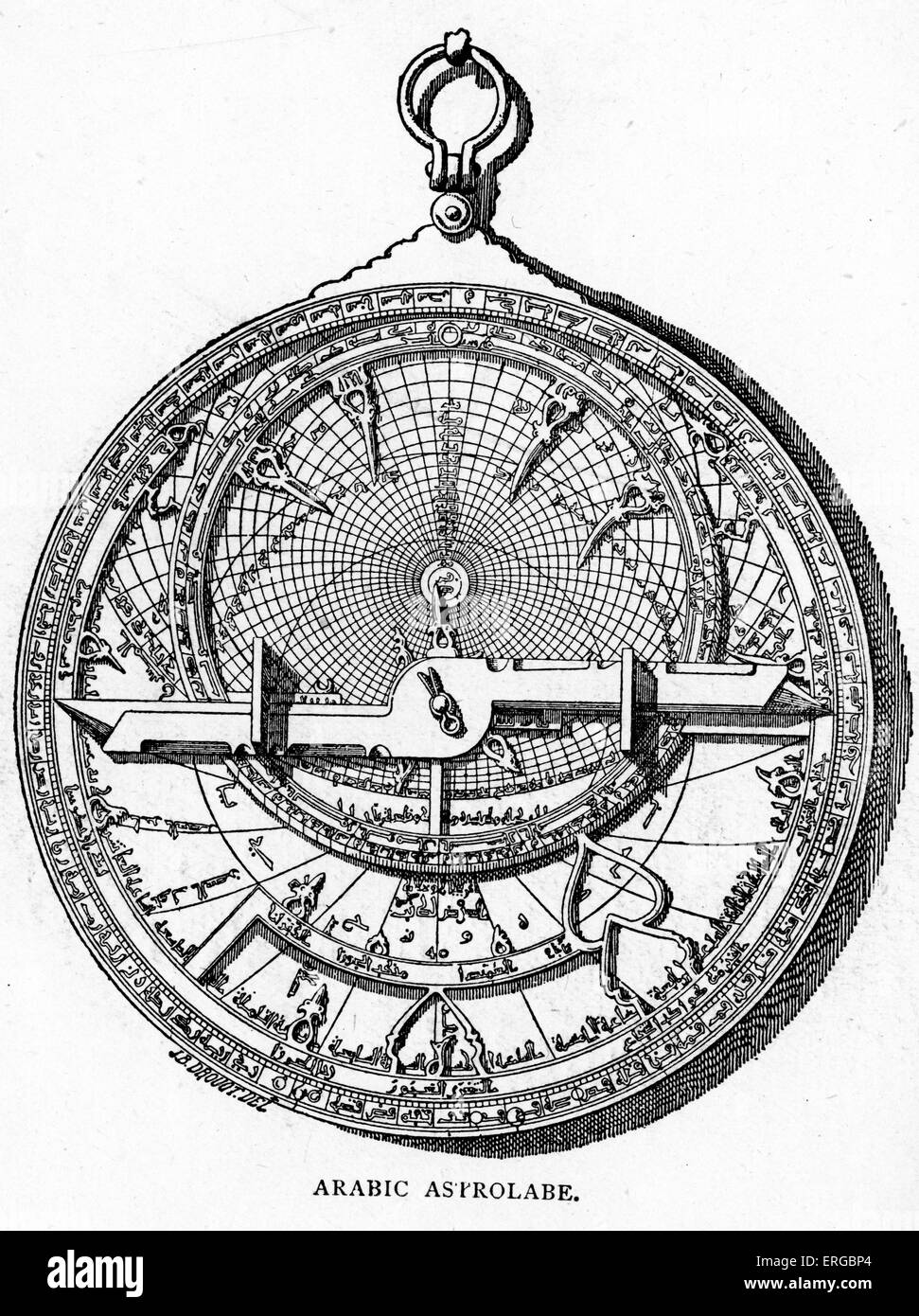 Arabic Astrolabe. Instrument historically used by astronomers and navigators to locate the positions of the Sun, Moon, Stock Photohttps://www.alamy.com/image-license-details/?v=1https://www.alamy.com/stock-photo-arabic-astrolabe-instrument-historically-used-by-astronomers-and-navigators-83339036.html
Arabic Astrolabe. Instrument historically used by astronomers and navigators to locate the positions of the Sun, Moon, Stock Photohttps://www.alamy.com/image-license-details/?v=1https://www.alamy.com/stock-photo-arabic-astrolabe-instrument-historically-used-by-astronomers-and-navigators-83339036.htmlRMERGBP4–Arabic Astrolabe. Instrument historically used by astronomers and navigators to locate the positions of the Sun, Moon,
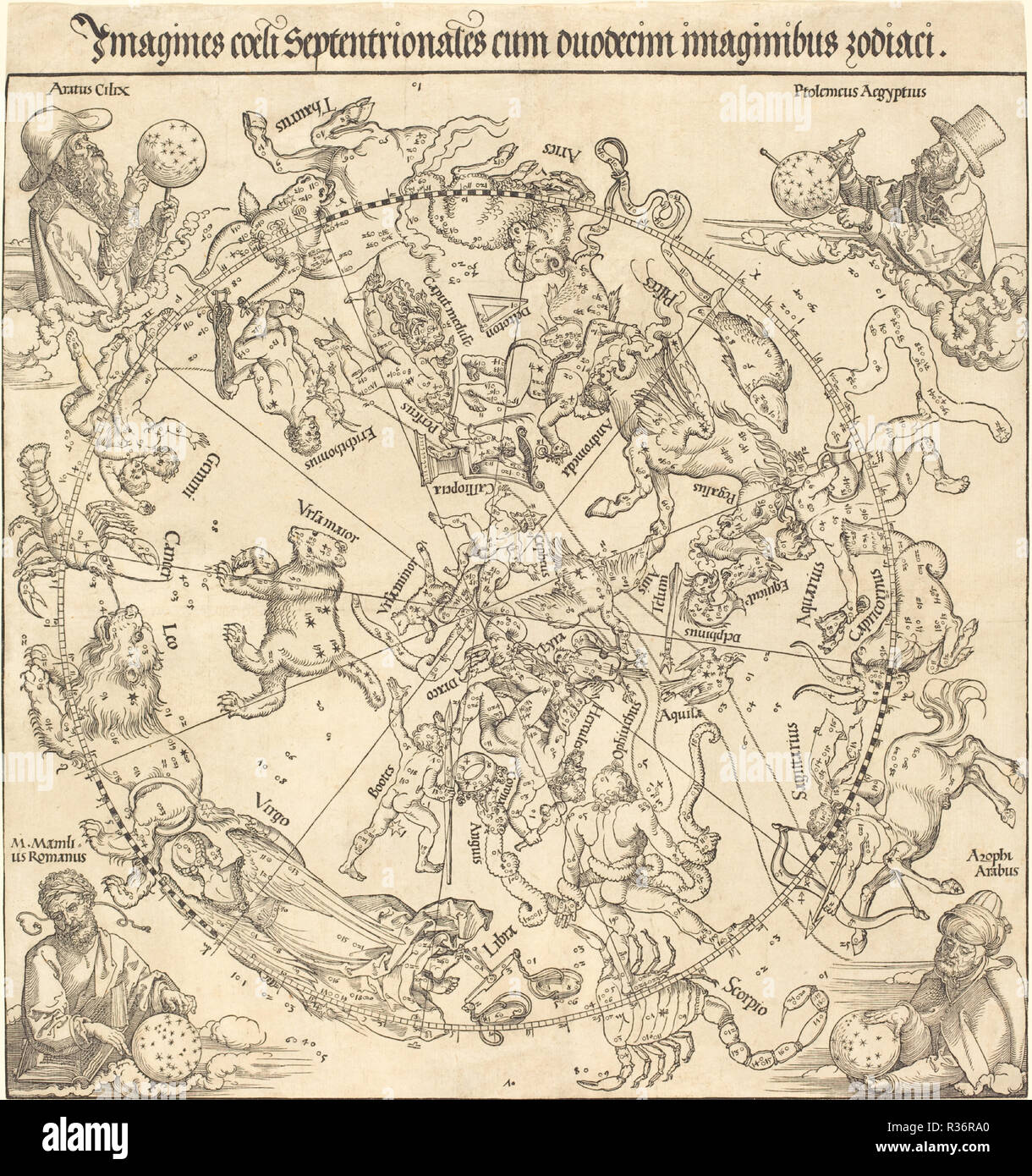 The Northern Celestial Hemisphere. Dated: 1515. Medium: woodcut. Museum: National Gallery of Art, Washington DC. Author: Dürer, Albrecht. ALBRECHT DUERER. Stock Photohttps://www.alamy.com/image-license-details/?v=1https://www.alamy.com/the-northern-celestial-hemisphere-dated-1515-medium-woodcut-museum-national-gallery-of-art-washington-dc-author-drer-albrecht-albrecht-duerer-image225728776.html
The Northern Celestial Hemisphere. Dated: 1515. Medium: woodcut. Museum: National Gallery of Art, Washington DC. Author: Dürer, Albrecht. ALBRECHT DUERER. Stock Photohttps://www.alamy.com/image-license-details/?v=1https://www.alamy.com/the-northern-celestial-hemisphere-dated-1515-medium-woodcut-museum-national-gallery-of-art-washington-dc-author-drer-albrecht-albrecht-duerer-image225728776.htmlRMR36RA0–The Northern Celestial Hemisphere. Dated: 1515. Medium: woodcut. Museum: National Gallery of Art, Washington DC. Author: Dürer, Albrecht. ALBRECHT DUERER.
 blue, danger, big, large, enormous, extreme, powerful, imposing, immense, Stock Photohttps://www.alamy.com/image-license-details/?v=1https://www.alamy.com/stock-photo-blue-danger-big-large-enormous-extreme-powerful-imposing-immense-131595498.html
blue, danger, big, large, enormous, extreme, powerful, imposing, immense, Stock Photohttps://www.alamy.com/image-license-details/?v=1https://www.alamy.com/stock-photo-blue-danger-big-large-enormous-extreme-powerful-imposing-immense-131595498.htmlRFHJ2KB6–blue, danger, big, large, enormous, extreme, powerful, imposing, immense,
 old copper astrolabe detail close up Stock Photohttps://www.alamy.com/image-license-details/?v=1https://www.alamy.com/old-copper-astrolabe-detail-close-up-image217743077.html
old copper astrolabe detail close up Stock Photohttps://www.alamy.com/image-license-details/?v=1https://www.alamy.com/old-copper-astrolabe-detail-close-up-image217743077.htmlRFPJ71ED–old copper astrolabe detail close up
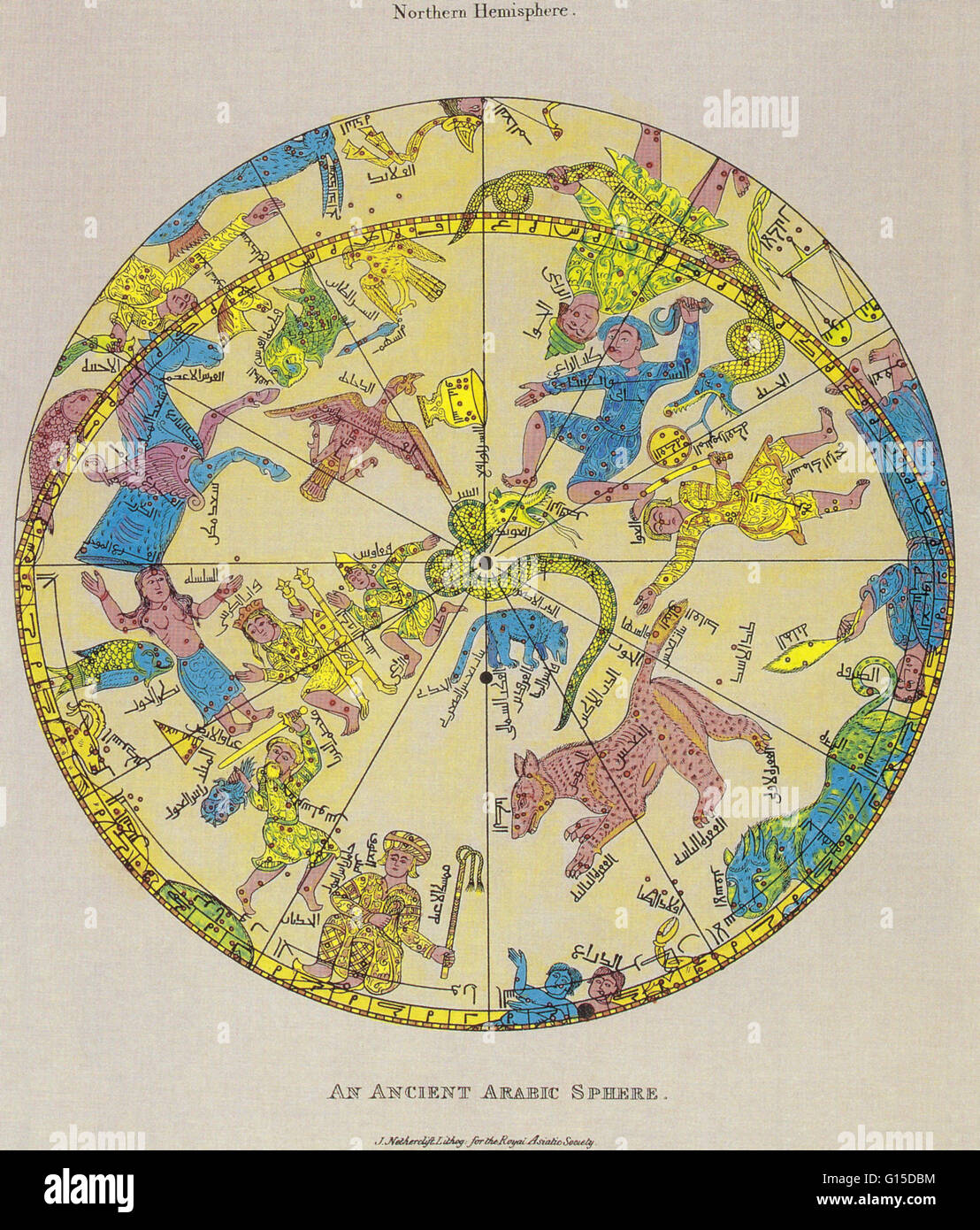 The constellations of the Northern hemisphere, after an Arabian sky chart. Stock Photohttps://www.alamy.com/image-license-details/?v=1https://www.alamy.com/stock-photo-the-constellations-of-the-northern-hemisphere-after-an-arabian-sky-103997144.html
The constellations of the Northern hemisphere, after an Arabian sky chart. Stock Photohttps://www.alamy.com/image-license-details/?v=1https://www.alamy.com/stock-photo-the-constellations-of-the-northern-hemisphere-after-an-arabian-sky-103997144.htmlRMG15DBM–The constellations of the Northern hemisphere, after an Arabian sky chart.
 blue, danger, big, large, enormous, extreme, powerful, imposing, immense, Stock Photohttps://www.alamy.com/image-license-details/?v=1https://www.alamy.com/stock-photo-blue-danger-big-large-enormous-extreme-powerful-imposing-immense-131595511.html
blue, danger, big, large, enormous, extreme, powerful, imposing, immense, Stock Photohttps://www.alamy.com/image-license-details/?v=1https://www.alamy.com/stock-photo-blue-danger-big-large-enormous-extreme-powerful-imposing-immense-131595511.htmlRFHJ2KBK–blue, danger, big, large, enormous, extreme, powerful, imposing, immense,
 Perseus and Andromeda from a 14th century star atlas. Perseus is a constellation in the northern sky, named after the Greek hero Perseus. They were two of the 48 constellations listed by the 2nd century astronomer Ptolemy, and remain two of the 88 modern Stock Photohttps://www.alamy.com/image-license-details/?v=1https://www.alamy.com/stock-photo-perseus-and-andromeda-from-a-14th-century-star-atlas-perseus-is-a-104016431.html
Perseus and Andromeda from a 14th century star atlas. Perseus is a constellation in the northern sky, named after the Greek hero Perseus. They were two of the 48 constellations listed by the 2nd century astronomer Ptolemy, and remain two of the 88 modern Stock Photohttps://www.alamy.com/image-license-details/?v=1https://www.alamy.com/stock-photo-perseus-and-andromeda-from-a-14th-century-star-atlas-perseus-is-a-104016431.htmlRMG16A0F–Perseus and Andromeda from a 14th century star atlas. Perseus is a constellation in the northern sky, named after the Greek hero Perseus. They were two of the 48 constellations listed by the 2nd century astronomer Ptolemy, and remain two of the 88 modern
 mountains, desert, wasteland, rays, shine, shines, bright, lucent, light, Stock Photohttps://www.alamy.com/image-license-details/?v=1https://www.alamy.com/stock-photo-mountains-desert-wasteland-rays-shine-shines-bright-lucent-light-143374700.html
mountains, desert, wasteland, rays, shine, shines, bright, lucent, light, Stock Photohttps://www.alamy.com/image-license-details/?v=1https://www.alamy.com/stock-photo-mountains-desert-wasteland-rays-shine-shines-bright-lucent-light-143374700.htmlRFJ977W0–mountains, desert, wasteland, rays, shine, shines, bright, lucent, light,
 Antique brass astrolabe Stock Photohttps://www.alamy.com/image-license-details/?v=1https://www.alamy.com/stock-image-antique-brass-astrolabe-169128470.html
Antique brass astrolabe Stock Photohttps://www.alamy.com/image-license-details/?v=1https://www.alamy.com/stock-image-antique-brass-astrolabe-169128470.htmlRFKR4D2E–Antique brass astrolabe
 desert, wasteland, animal, africa, camel, tourist, morocco, travel, spare time, Stock Photohttps://www.alamy.com/image-license-details/?v=1https://www.alamy.com/stock-photo-desert-wasteland-animal-africa-camel-tourist-morocco-travel-spare-142997653.html
desert, wasteland, animal, africa, camel, tourist, morocco, travel, spare time, Stock Photohttps://www.alamy.com/image-license-details/?v=1https://www.alamy.com/stock-photo-desert-wasteland-animal-africa-camel-tourist-morocco-travel-spare-142997653.htmlRFJ8J2Y1–desert, wasteland, animal, africa, camel, tourist, morocco, travel, spare time,